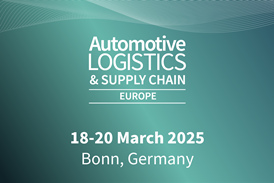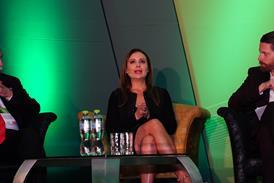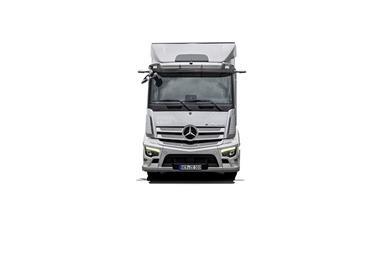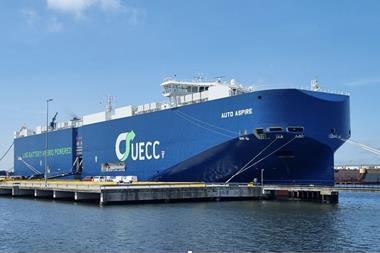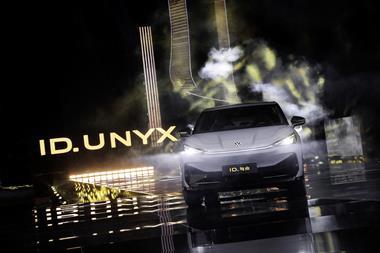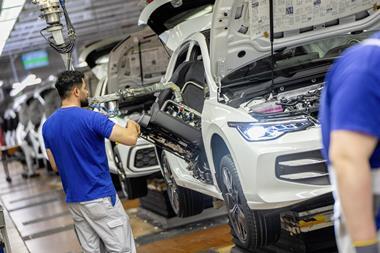While a lot is written about inbound and aftermarket logistics, relatively little attention is paid to the services provided for vehicle launches, which involve some of the most complex logistics solutions. These can aslo be very expensive, especially since it is common to fly prototypes around to different plants and research centres in the development phase, and then to launch events.
“Product launches in the automotive sector are complex and cost-intensive,” says Fathi Tlatli, president of automotive at DHL Customer Solutions and Innovation. “The average time from the first sketch of a car to market entry is two to three years and requires a precise synchronisation amongst several involved parties, more often not located even on the same continent.”
Investment for a model launch, including research and development, can be anywhere between €300m-500m ($400m-650m) per model by the time the first vehicle is sent for display, according to DHL. Of that figure, logistics can account for as much as €100m, says Tlatli. Taken together with shorter product lifecycles, launch logistics adds up to a sizable demand for the industry, especially when you consider that 61 new models are being launched this year, as well as 122 ‘facelifts’ on existing models, according to DHL figures.
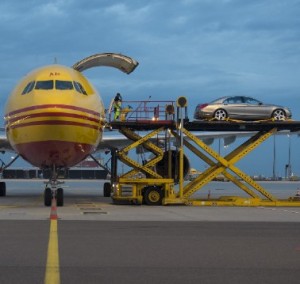
In terms of complexity, it is not just a question of globalised platforms and the risk that brings with it. Neither is it the impact on logistics of the greater technical content of the today’s cars. Complexity also stems from being able to synchronise a vehicle launch with several stakeholders, including R&D, production, marketing and in the supply chain. These are departments that do not usually work closely together.
However, as is too often the case in other aspects of manufacturing, logistics tends to be an afterthought. According to Tlatli, even when a logistics provider is involved on a prototype, it can be two years before it is consulted again for pre-production, by which time it has lost touch with much of the process.
DHL believes that speeding up development and production processes, as well as market entry, through a connected and streamlined process, would benefit carmakers on the issues of cost and complexity. Getting logistics providers involved from the start to see the bigger picture also promotes cost efficiency.
Modular approach
In response, the company has recently introduced a three-stage modular process that it says covers the entire product launch cycle from prototype to marketing, which aims to reduce supply chain disruptions that occur along the way.
“For the first time we have worked on a solution to integrate the process from prototypes to the marketing of the event,” says Tlatli. “We believe we can really improve the supply chain of these launches and do it in a way that is more cost effective if the approach is integrated.”
The first module in the new service supports the pre-production of model developments, such as specialised packaging of prototypes, customs clearance and secure transport. DHL also proposes to organise inbound material and in-plant logistics.
Finally, in the launch phase, the provider would handle communication, including direct mailings to event participants, as well as the confidential movement of the exhibition cars for test events and press presentations. The company offers a number of solutions in this final phase, including its customised car box for air transport and another version that can collapse to 37cm for the return leg.
From the design and engineering phase, where there is typically a lot of uncertainty, customers can build an individualised service based on independent modules, or combine all of them to serve full vehicle development through to production. In this way, they can be practical and proactive, and avoid knee-jerk reactions – such as using excessive air freight – that would be be costly.
Having the process mapped out makes it is easier to identify and remove problems in the process and install more contingencies, says Tlatli. In that way the company expects to react faster to unforeseen events, speed procedures and help carmakers get their product to market earlier.












